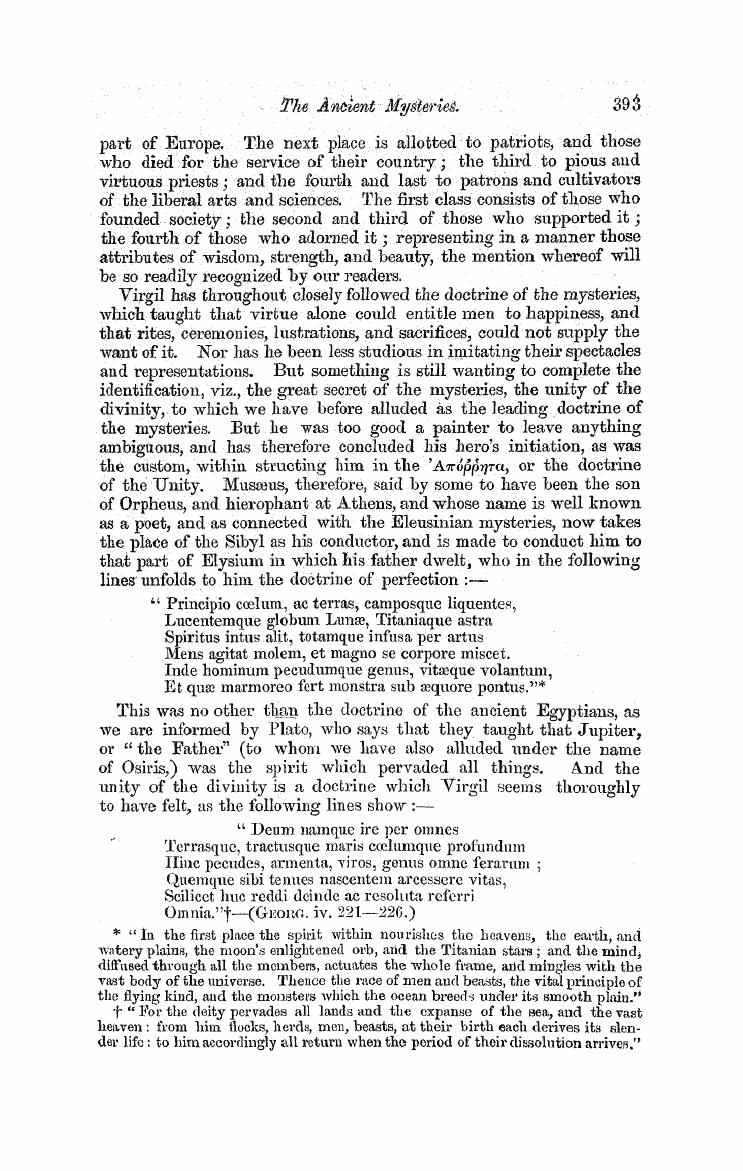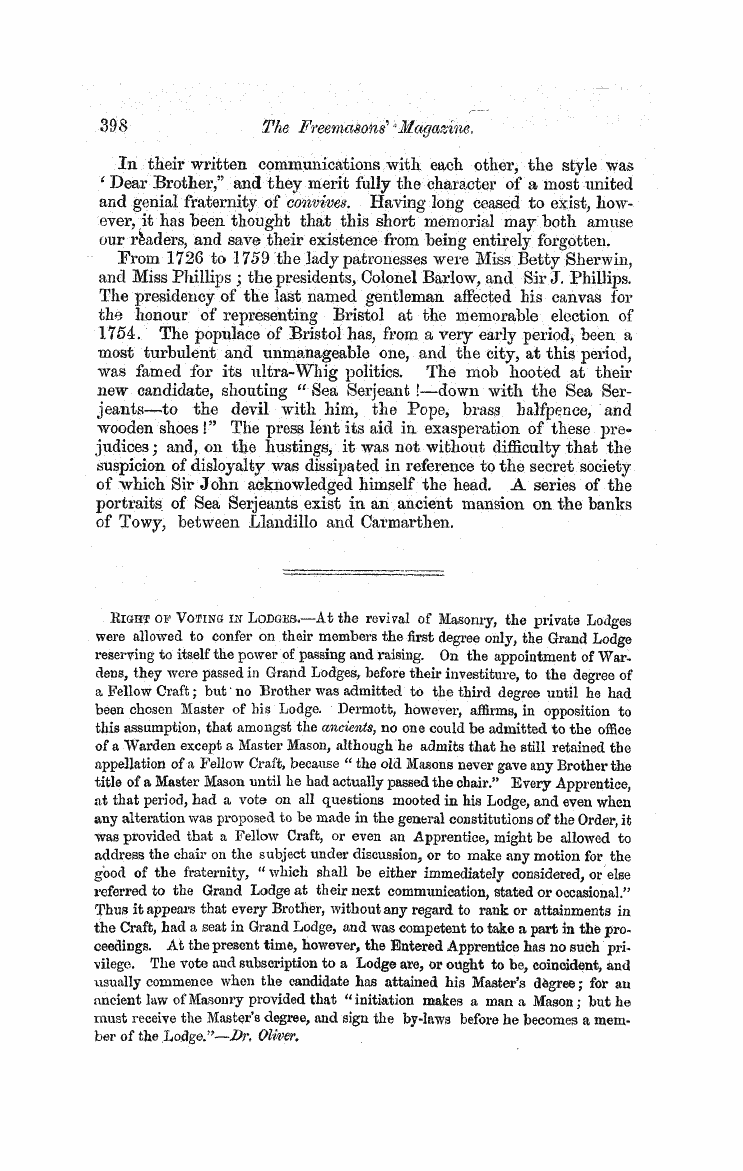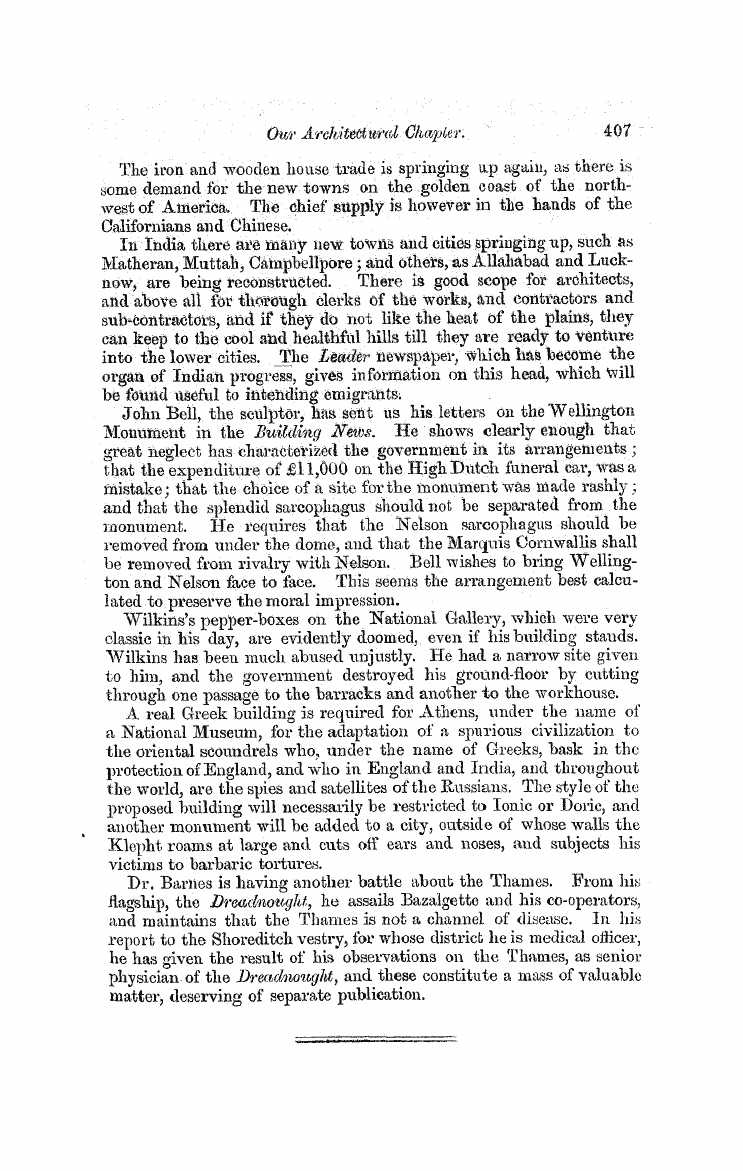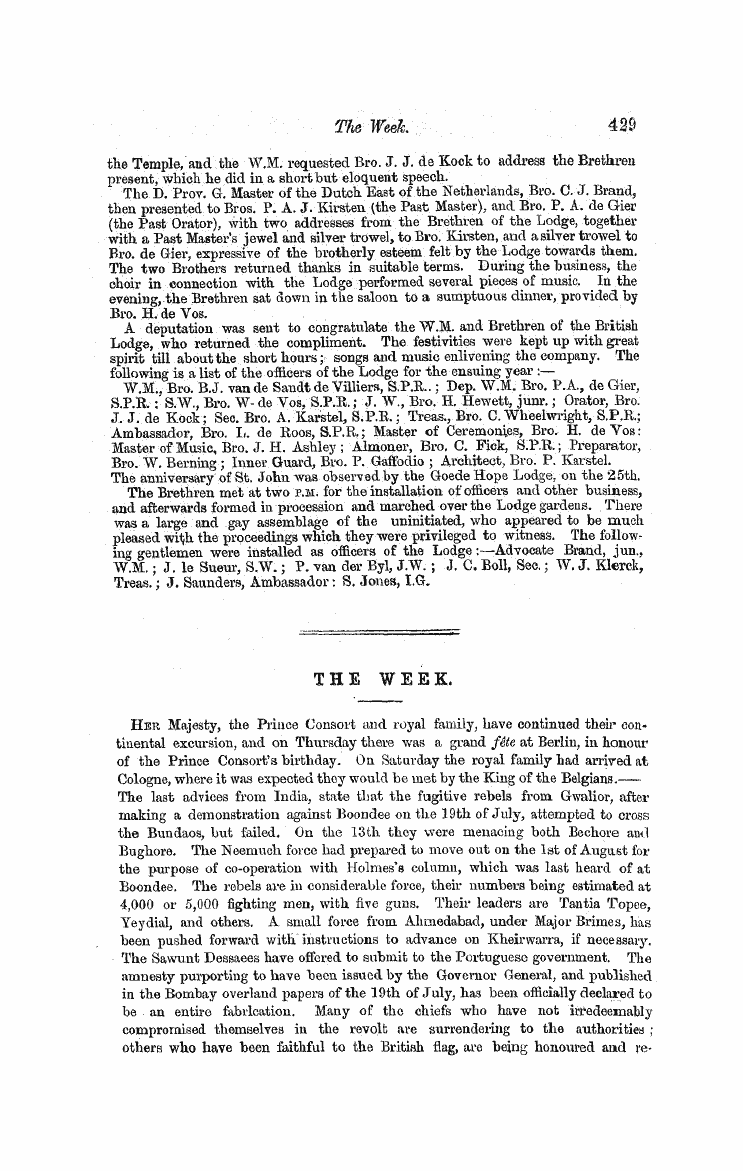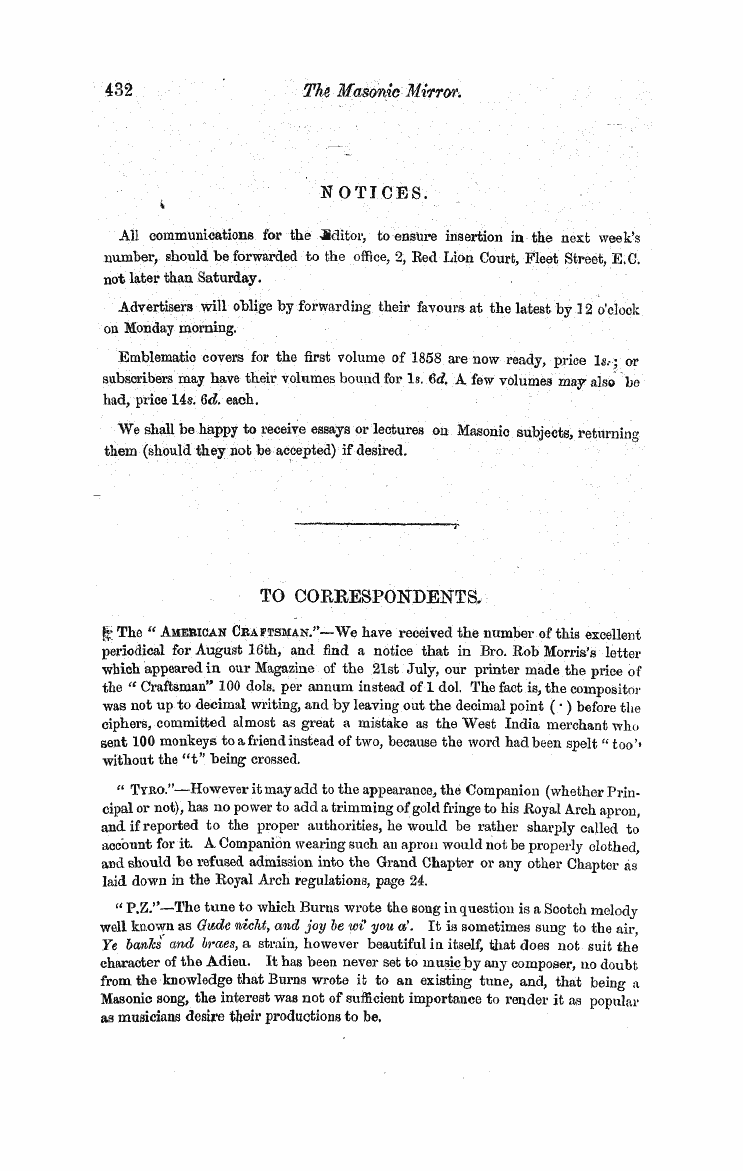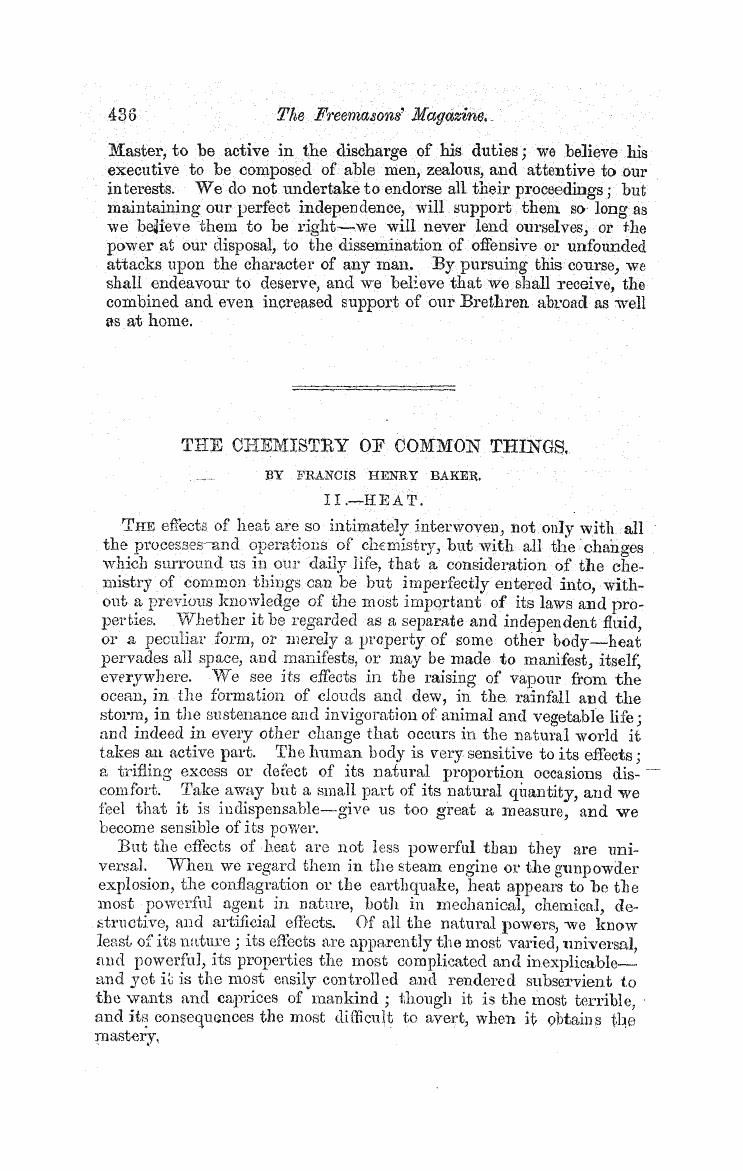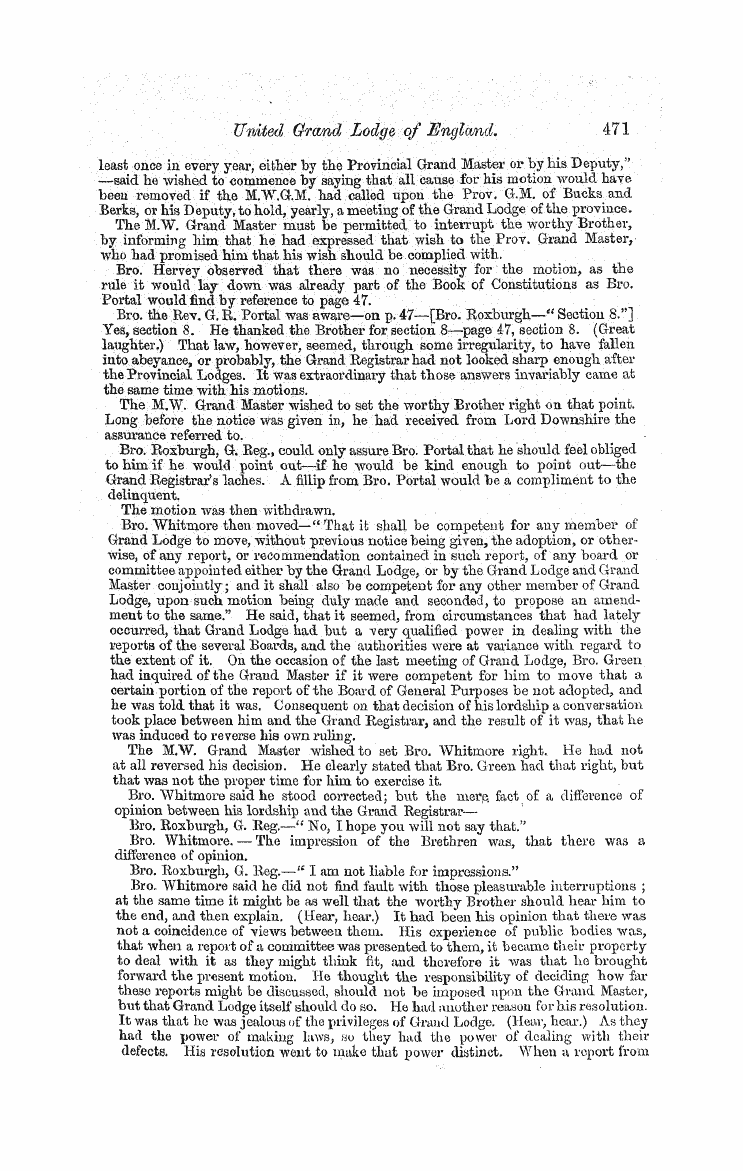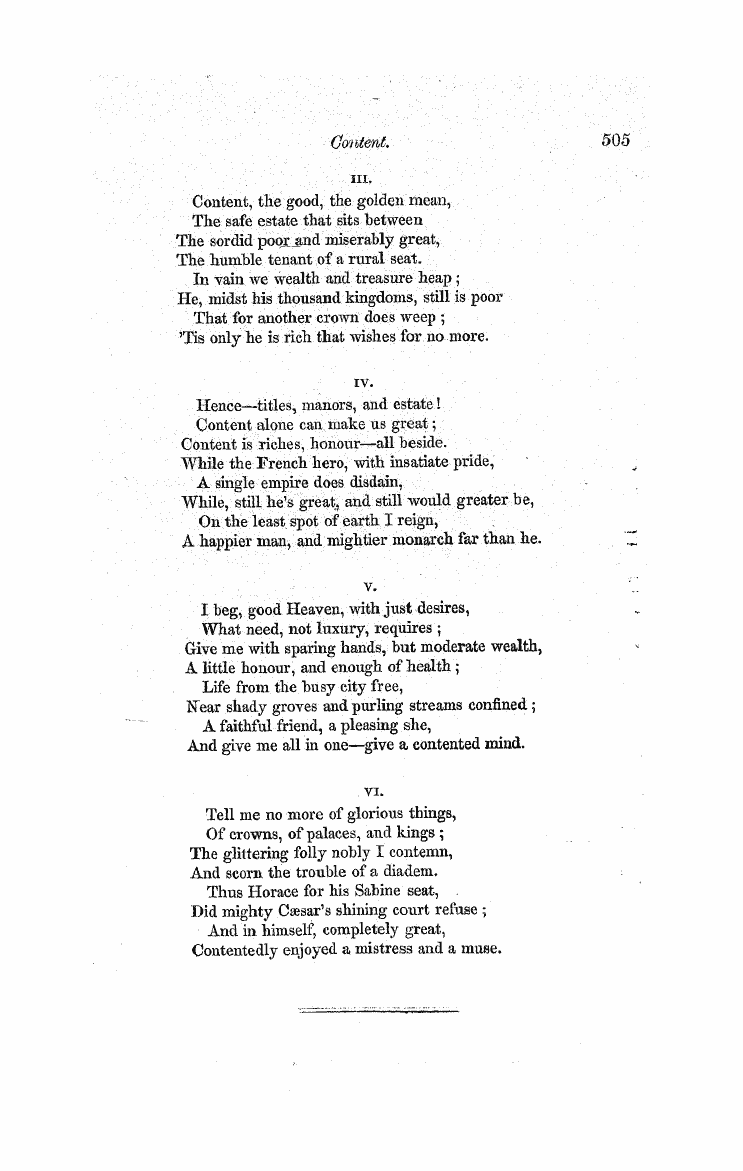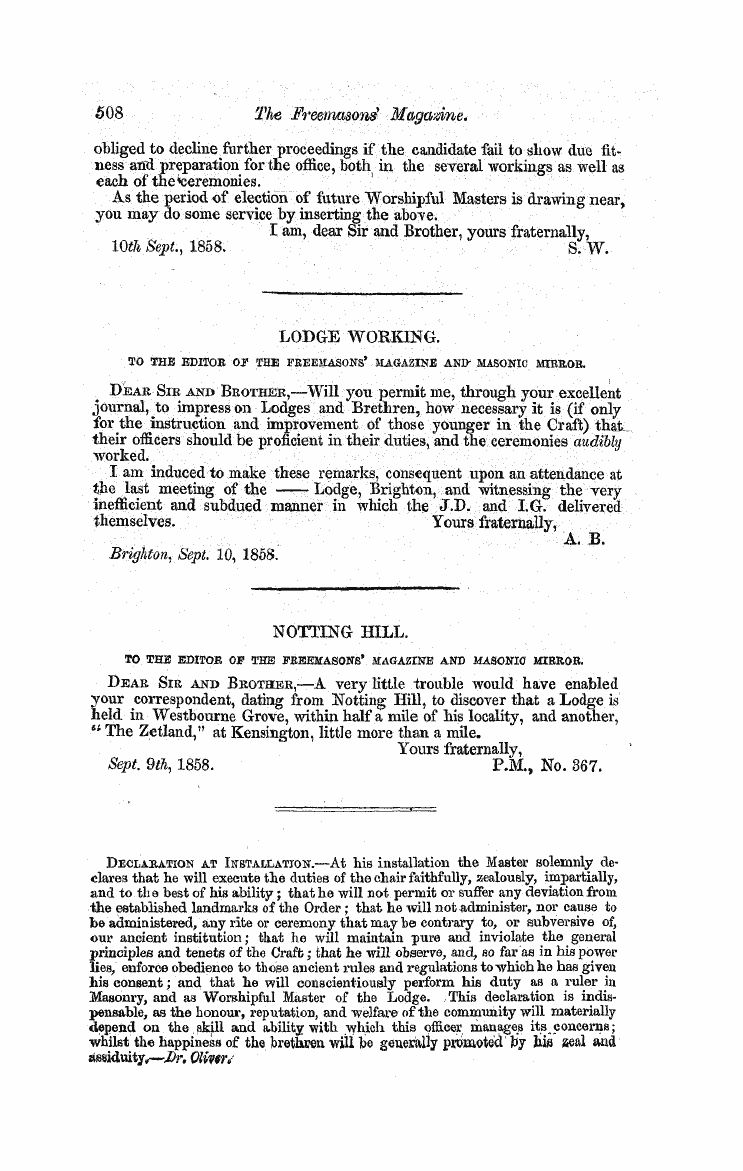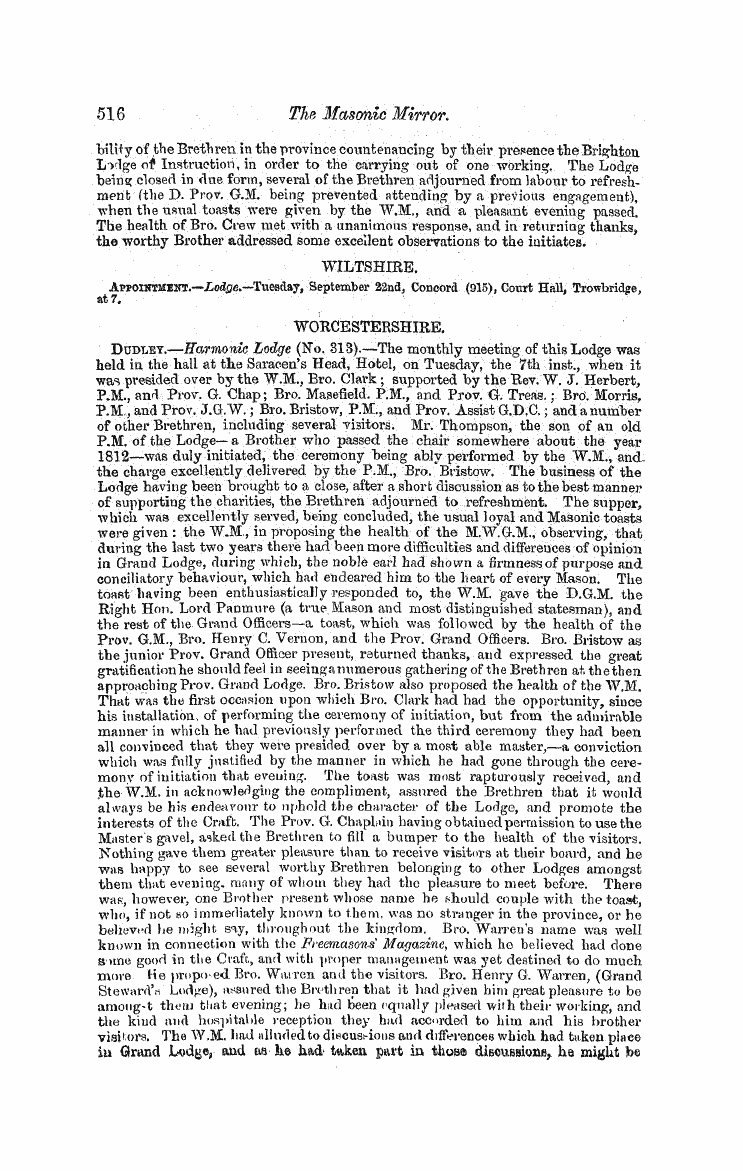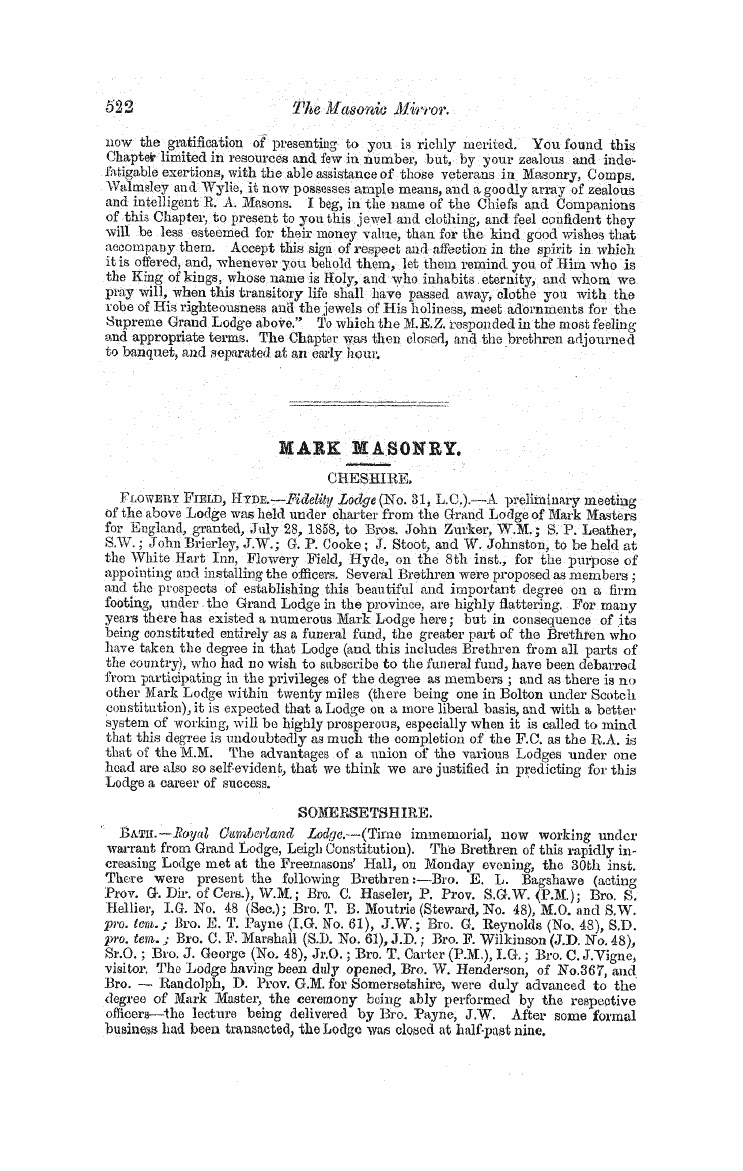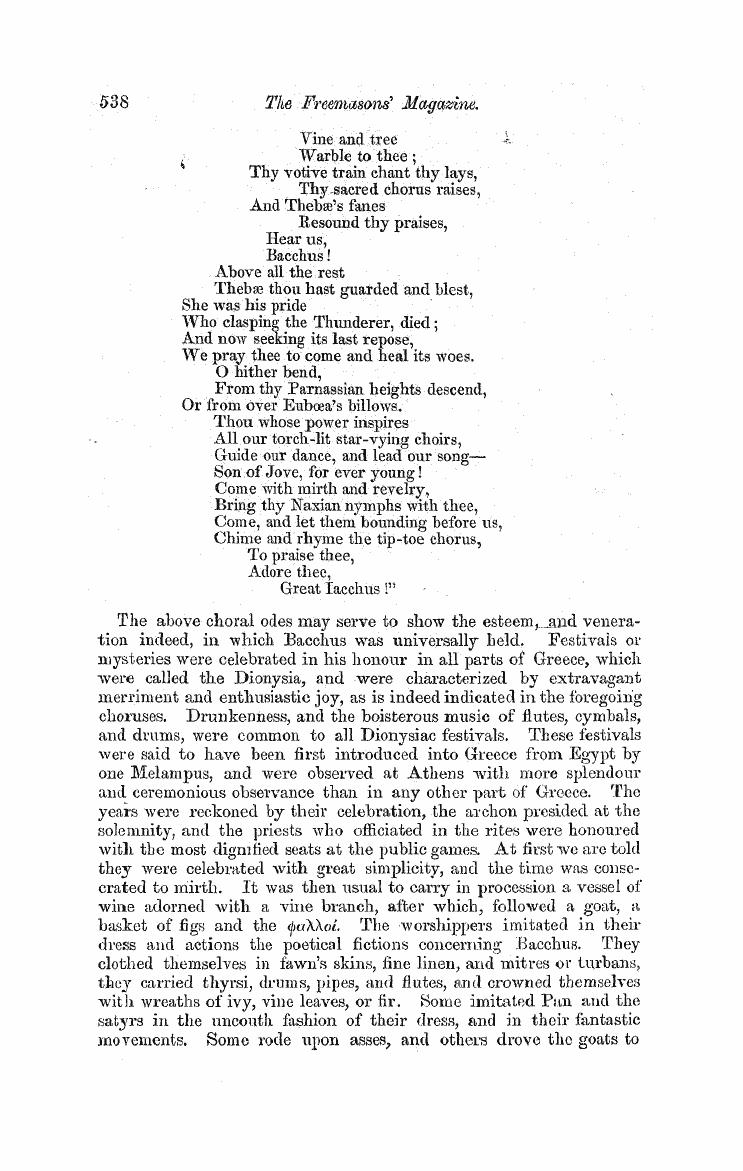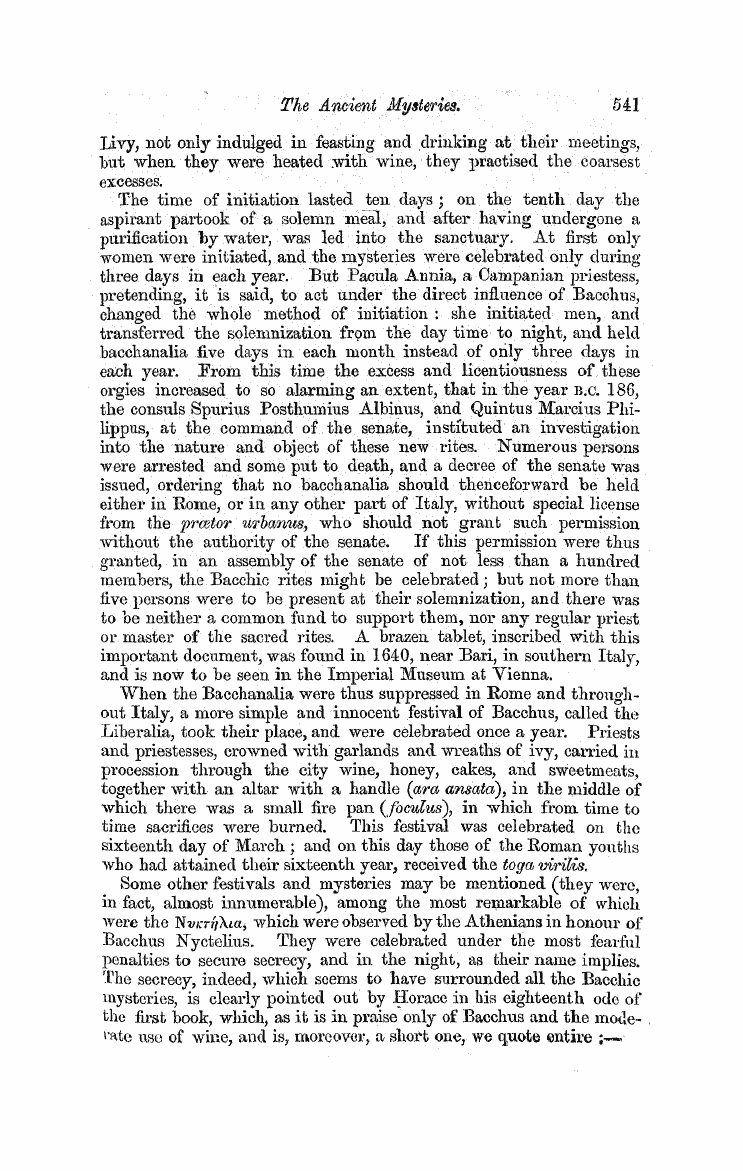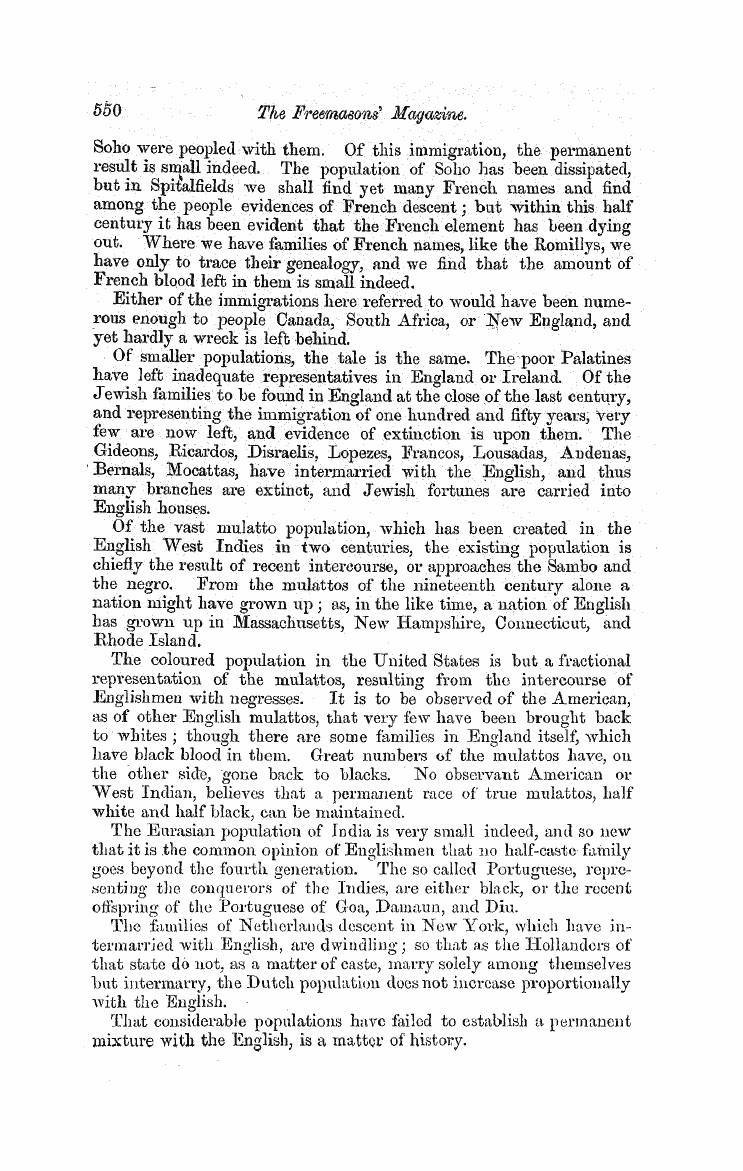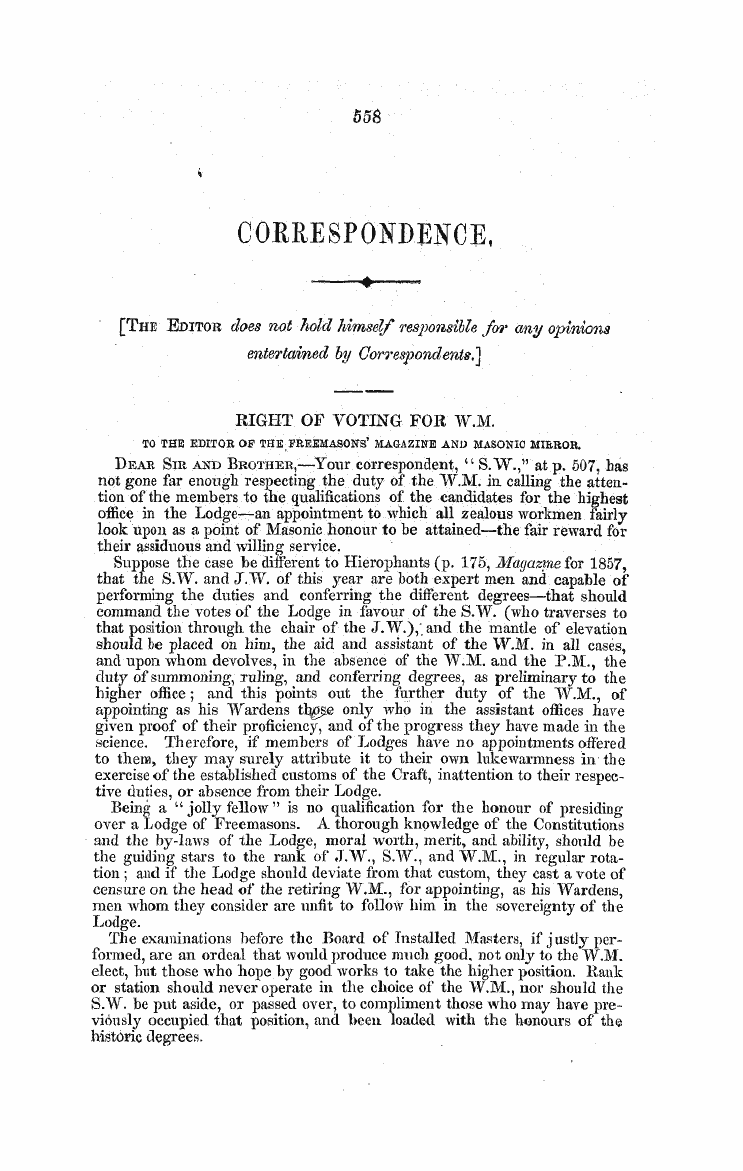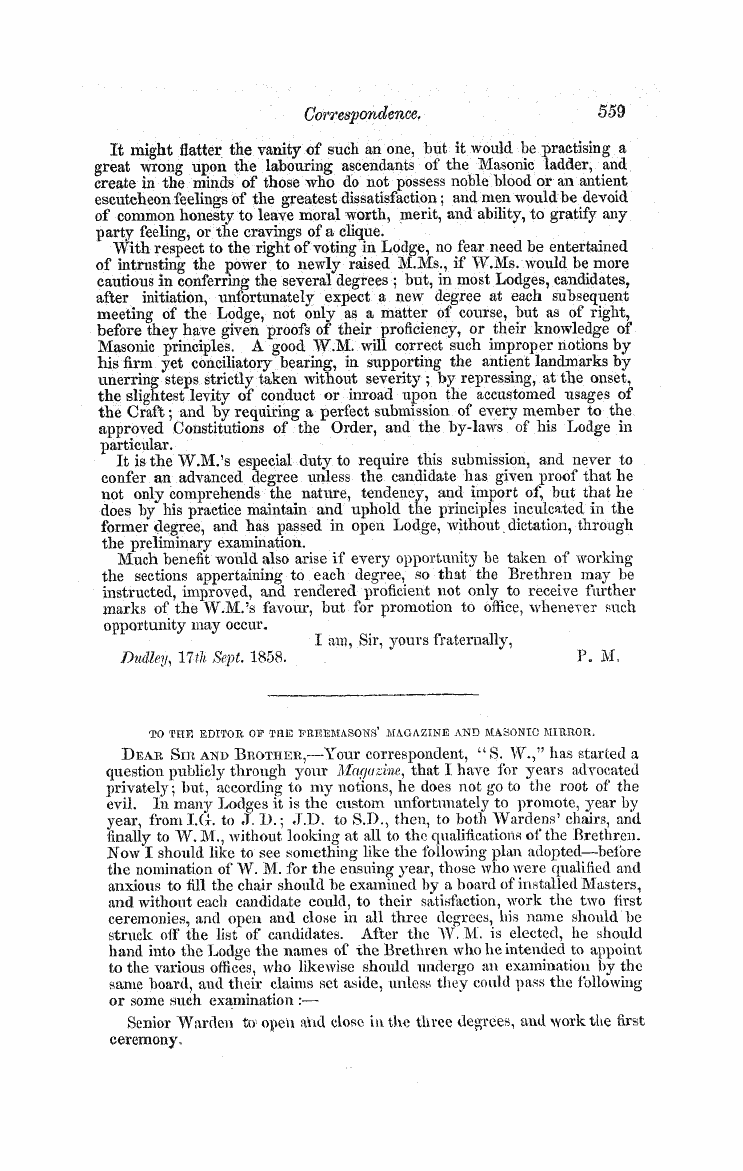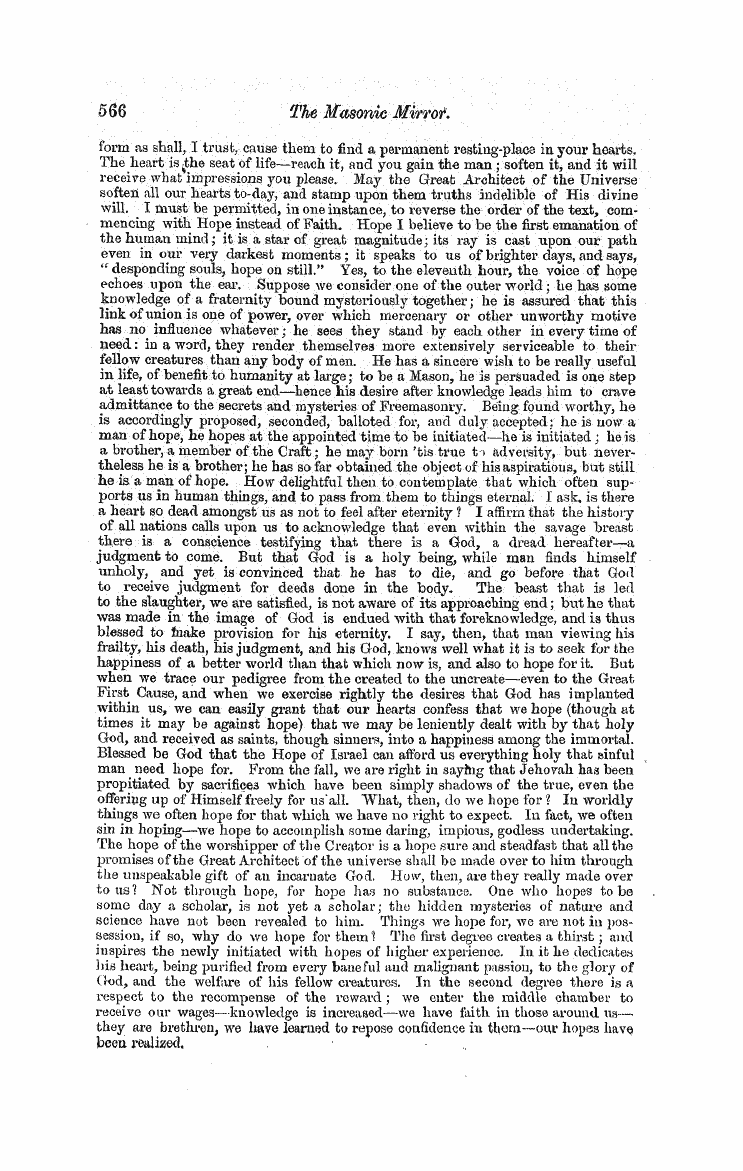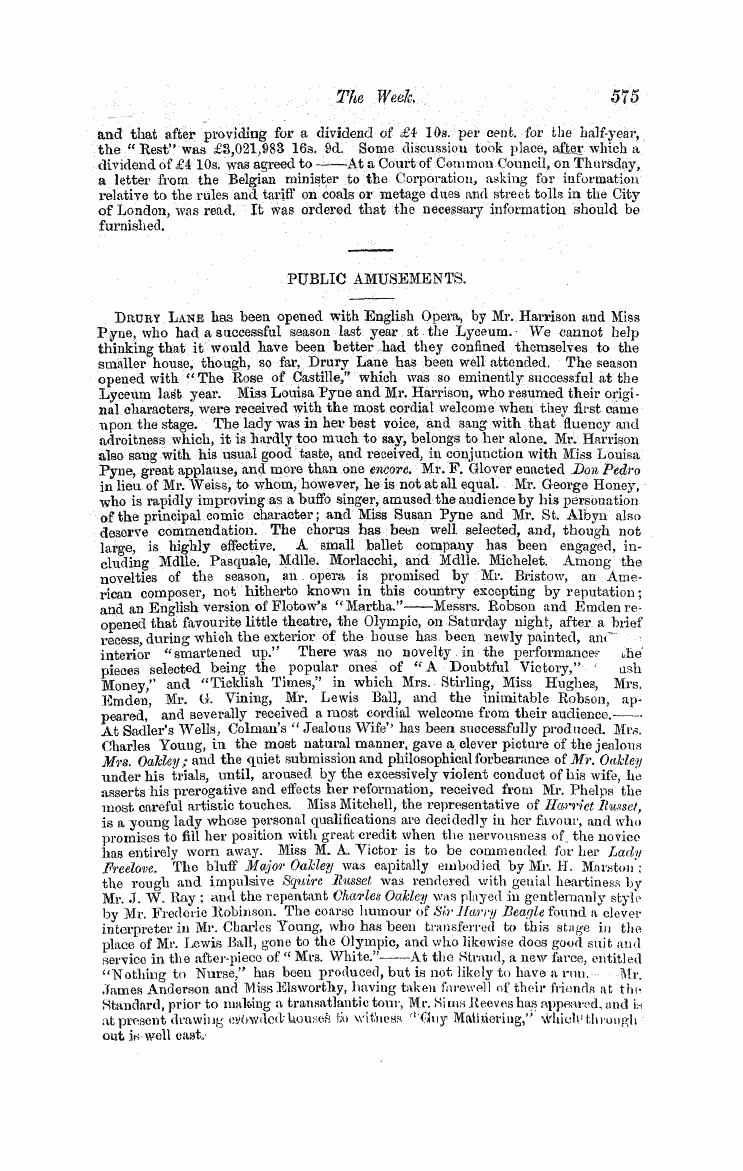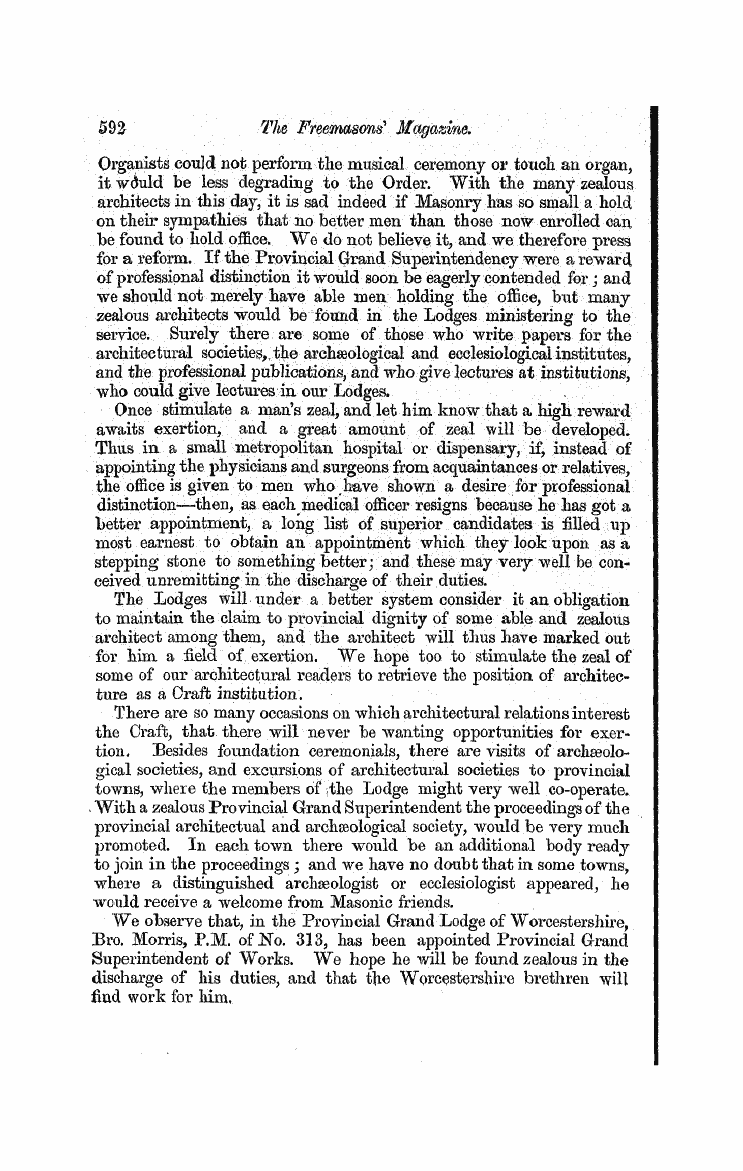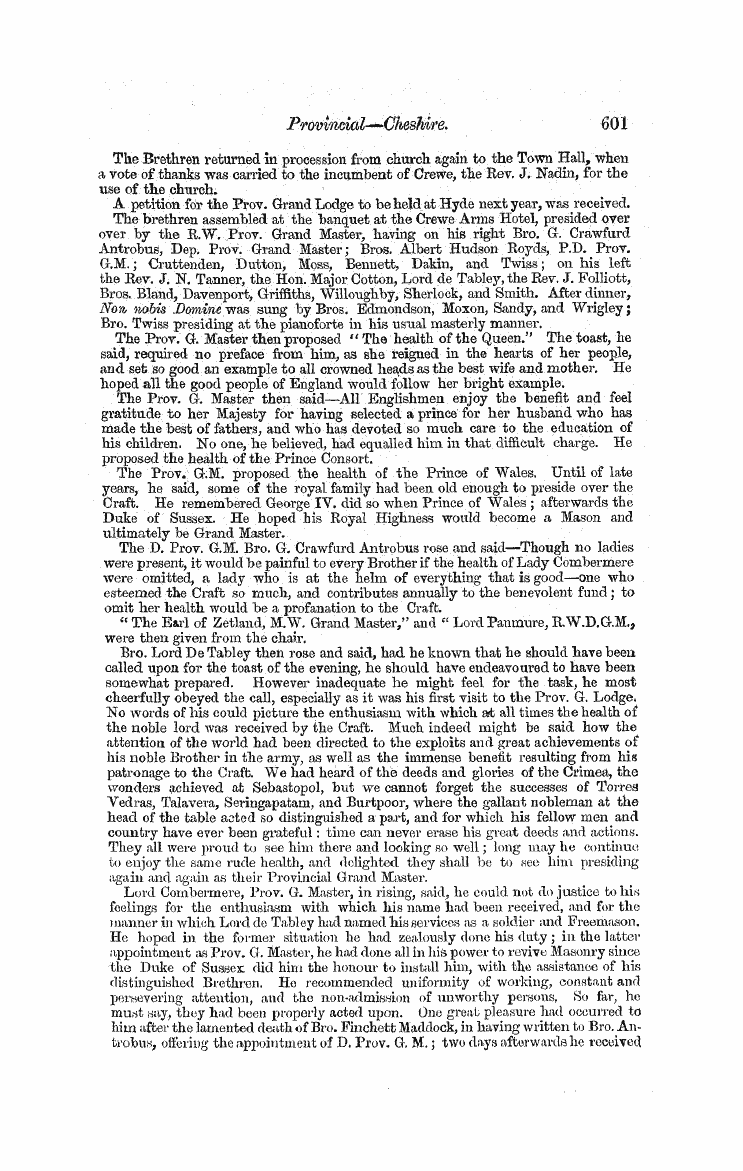-
Articles/Ads
Article THE CHEMISTRY OF COMMON. THINGS. ← Page 3 of 9 →
Note: This text has been automatically extracted via Optical Character Recognition (OCR) software.
The Chemistry Of Common. Things.
Tim tires of wheels are tightly fixed by putting them on hot , and cooling them by sprinkling them with water ; A striking application of the same principle , was that of M . Molard , in regard to the building of iJkeConsermiow ^ A rts et Metiers \ y \ Paris . Thejnde walls were unable to support the great weight of the roof , and were bulging outwards to such an extent as to endanger the safety of the edifice . It occurred to M . Molard that the enormous
force exerted by the contraction of heated metal bars in cooling might be applied to restore the walls to their original position . Accordingly several strong iron bars were placed in the building , extending across it from side to side , and passing through perforations in the walls , were secured tightly against their outer surf ice -by . nuts * Each alternate bar was then heated by means of a lamp , and increasing in
length , the nuts receded from the walls , and the bars consequently became loose . The nuts were now again screwed close . As the bars cooled , they shrunk back to their original dimensions , drawing the walls with them . This , of course , loosened the remaiiiing bars , which were screwed ti ght : and this operation was several times repeated , till at length the walls were brought into their proper position . The bars still remain , being left to prevent the walls from again receding .
The ratio of expansion by heat is not the same for all substances . Metals are subjeet to a greater dilatation than other bodies ^ and of the metals , brass expands more than iron . If a rod of brass be riveted to a similar one of iron , and this compound bar be raised to a high temperature , the bars will be unequally affected by the heat .
Although , when cold , they were of tlie same length , when heated , the brass rod will be longer than the other , and the bars will assume a curved form , in order to allow for this inequality of length , the brass being outwards . If they be considerably reduced in temperature , a similar but opposite effect will be produced , the iron rod forming the outer side of the curve .
In chemical operations it is frequently required to fix metal wires into glass vessels . In inserting these wires the application of heat is necessary in order to soften the glass . If iron or copper wires be made use of , they will contract in cooling to a much greater degree
than will the glass in which they are inserted . They will consequently loosen , and become useless for the purposes for which they were intended . But the expansion of the metal piutmimi is almost exactly the same with that of glass , ancl wires of this metal are therefore always used in such cases .
The breaking of a glass vessel when hot water is poured into it , is caused by the unequal expansion of its different parts . Glass conducts heat very slowly , and one part may be highly heated while the rest remains cold . The portions of the glass which , immediately surround that on which the hot water is poured , do not expand sufficiently to allow for the enlargement of the heated part , because they are not of so high a temperature , and fracture is the result . For the same reason a pane of glass cracks when held oyer the flame of jt candle .
Note: This text has been automatically extracted via Optical Character Recognition (OCR) software.
The Chemistry Of Common. Things.
Tim tires of wheels are tightly fixed by putting them on hot , and cooling them by sprinkling them with water ; A striking application of the same principle , was that of M . Molard , in regard to the building of iJkeConsermiow ^ A rts et Metiers \ y \ Paris . Thejnde walls were unable to support the great weight of the roof , and were bulging outwards to such an extent as to endanger the safety of the edifice . It occurred to M . Molard that the enormous
force exerted by the contraction of heated metal bars in cooling might be applied to restore the walls to their original position . Accordingly several strong iron bars were placed in the building , extending across it from side to side , and passing through perforations in the walls , were secured tightly against their outer surf ice -by . nuts * Each alternate bar was then heated by means of a lamp , and increasing in
length , the nuts receded from the walls , and the bars consequently became loose . The nuts were now again screwed close . As the bars cooled , they shrunk back to their original dimensions , drawing the walls with them . This , of course , loosened the remaiiiing bars , which were screwed ti ght : and this operation was several times repeated , till at length the walls were brought into their proper position . The bars still remain , being left to prevent the walls from again receding .
The ratio of expansion by heat is not the same for all substances . Metals are subjeet to a greater dilatation than other bodies ^ and of the metals , brass expands more than iron . If a rod of brass be riveted to a similar one of iron , and this compound bar be raised to a high temperature , the bars will be unequally affected by the heat .
Although , when cold , they were of tlie same length , when heated , the brass rod will be longer than the other , and the bars will assume a curved form , in order to allow for this inequality of length , the brass being outwards . If they be considerably reduced in temperature , a similar but opposite effect will be produced , the iron rod forming the outer side of the curve .
In chemical operations it is frequently required to fix metal wires into glass vessels . In inserting these wires the application of heat is necessary in order to soften the glass . If iron or copper wires be made use of , they will contract in cooling to a much greater degree
than will the glass in which they are inserted . They will consequently loosen , and become useless for the purposes for which they were intended . But the expansion of the metal piutmimi is almost exactly the same with that of glass , ancl wires of this metal are therefore always used in such cases .
The breaking of a glass vessel when hot water is poured into it , is caused by the unequal expansion of its different parts . Glass conducts heat very slowly , and one part may be highly heated while the rest remains cold . The portions of the glass which , immediately surround that on which the hot water is poured , do not expand sufficiently to allow for the enlargement of the heated part , because they are not of so high a temperature , and fracture is the result . For the same reason a pane of glass cracks when held oyer the flame of jt candle .








